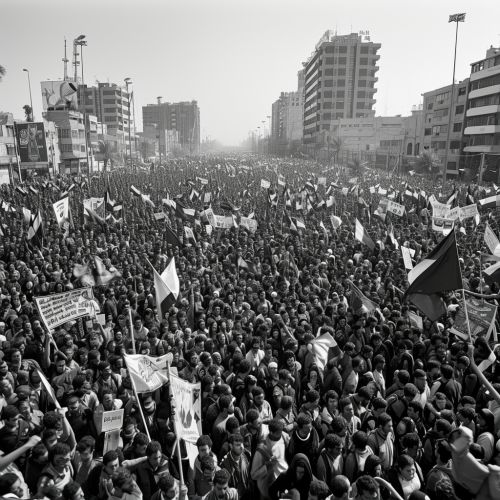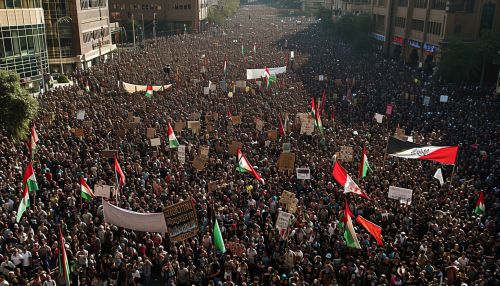Arab Spring
Introduction
The Arab Spring was a series of anti-government protests, uprisings, and armed rebellions that spread across much of the Arab world in the early 2010s. It began in response to oppressive regimes and a low standard of living, starting with protests in Tunisia.


Causes
The causes of the Arab Spring are diverse and varied. However, several key factors can be identified, including political corruption, economic decline, unemployment, human rights violations, and the role of social media.
Political Corruption
Political corruption was a major cause of the Arab Spring. In many Arab countries, the political system was dominated by autocratic regimes that had been in power for decades. These regimes were characterized by widespread corruption, lack of political freedom, and suppression of dissent.
Economic Decline
Economic decline and high unemployment rates were also significant factors. Many Arab countries were experiencing economic stagnation, high inflation rates, and a lack of job opportunities, particularly for young people. This economic hardship, combined with political repression, created a sense of frustration and anger among the population.
Human Rights Violations
Human rights violations were another major cause of the Arab Spring. In many Arab countries, the regimes in power were known for their brutal tactics, including torture, arbitrary detention, and widespread censorship. These abuses, combined with a lack of political freedom, created a climate of fear and resentment.
Role of Social Media
The role of social media in the Arab Spring cannot be underestimated. Platforms like Facebook, Twitter, and YouTube were used to organize protests, share information, and mobilize support. Social media played a crucial role in spreading awareness of the protests and their causes, both within the Arab world and globally.
Timeline of Events
The Arab Spring began in Tunisia in December 2010, following the self-immolation of Mohamed Bouazizi, a street vendor who was protesting against police corruption and ill-treatment. This act of protest sparked widespread demonstrations and riots throughout the country, which eventually led to the ousting of President Zine El Abidine Ben Ali in January 2011.
Following the success of the Tunisian revolution, protests spread to other Arab countries, including Egypt, Libya, Syria, Yemen, Bahrain, and others. In some cases, these protests led to the overthrow of long-standing regimes, while in others, they resulted in protracted civil wars.
Impact and Legacy
The Arab Spring had a profound impact on the Arab world and beyond. It led to the overthrow of several long-standing regimes, sparked civil wars in Syria and Libya, and resulted in significant political and social changes in many Arab countries. However, the legacy of the Arab Spring is mixed. While it led to some positive changes, it also resulted in instability, conflict, and a backlash against the forces of change.
